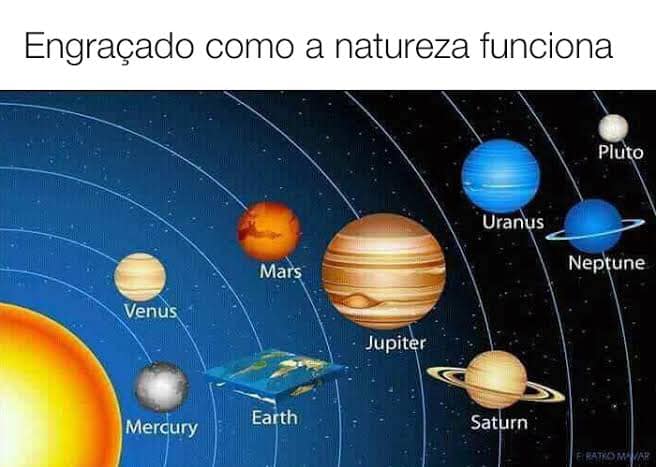Gripen secures a long-term future as Sweden approves upgrade programme By Robert Hewson
December 01, 2007
http://www.janes.com/info/idr/articles/ ... cures.html
 SWEDISH AESA RADAR UNDERTAKES FIRST FLIGHT TRIALS
SWEDISH AESA RADAR UNDERTAKES FIRST FLIGHT TRIALS
Saab (formerly Ericsson) Microwave Systems reports that it undertook the first flight trials of a new demonstrator radar for Gripen in September 2007. The tests, performed from a Lockheed Martin C-130 Hercules transport aircraft with the radar mounted backwards on the loading ramp, generated data that the company describes as "world-unique".
The active electronically scanned array (AESA) radar is a new development, building on technology from the current PS-05/A radar of the Gripen. Known within the company as NORA III (derived from the phrase 'Not Only a RAdar'), the new radar uses a Saab-specified AESA antenna consisting of approximately 1,000 elements
built by Raytheon.
"As far as we know, this is the first data collection from a fighter radar using multi-channel AESA technology [that] simultaneously has one receiver channel per sub-aperture," says Jonas Branzell, programme manager for airborne radar at Saab Microwave Systems. "The data received is irreplaceable with regard to development of the radars of the future and their signal-processing algorithms."
During earlier ground tests, several Gripens were used as radar targets. In addition, both airborne- and land-based jamming were tested. According to Saab, the trials gave good results in the following modes: long-range target detection and tracking; search and track in highly manoeuvrable multi-target scenarios; rapid track initiation/alert; passive detection; and multiple jammer suppression.
Saab says these flight trials have demonstrated that an AESA radar, using one channel per sub-aperture, gives better sidelobe suppression than a monopulse system. According to the company, its radar detects targets in more directions and at lower speeds than any earlier known AESA radar.
Saab also maintains that ground clutter problems have been reduced in this new system: an ordinary AESA only uses distance and speed to separate targets from clutter, but tests with a multi-channel AESA, using spatially separated sub-apertures in two dimensions (elevation and azimuth), are claimed to give better ground clutter suppression.
The radar flight trials were originally intended to use a Viggen fighter as the platform but, following the latter's withdrawal from service, the C-130 Hercules was selected. According to Saab's Branzell, this had only a minor impact on the test results. "The radar being directed backwards had no impact on the clutter tests. It is only a mirror compared to the normal case," he says.
Branzell adds that the test made use of different waveforms, pulse frequencies and tapers, in part to compensate for the lower speed range of the C-130.
Olle Nygårds
JAS 39 GRIPEN - SWEDISH PRODUCTION FIGURES
Lot 01: 5 Prototypes (A/c 39-1 W/O 1988, rest withdrawn)
Batch 1 Lot 11: 19 JAS 39A (JAS 39A - 39102 W/O 1993)
Batch 1 Lot 12: 10 JAS 39A
Batch 2 Lot 21: 10 JAS 39A, 1 JAS 39B
Batch 2 Lot 22: 18 JAS 39A, 2 JAS 39B (JAS 39A - 39156 W/O 1999)
Batch 2 Lot 23: 18 JAS 39A, 2 JAS 39B
Batch 2 Lot 24: 16 JAS 39A, 3 JAS 39B (JAS 39A - 39184 W/O 2005)
Batch 2 Lot 25: 14 JAS 39A, 7 JAS 39B
Batch 2 Lot 26: 20 JAS39C
Batch 3 Lot 27: 7 JAS39C, 3 JAS39D
Batch 3 Lot 27: 5 JAS39C (To Czech Republic)
Batch 3 Lot 28: 7 JAS39C, 2 JAS39D (To Czech Republic)
Batch 3 Lot 28: 3 JAS39C, 1 JAS39D
Batch 3 Lot 29: 15 JAS39C, 8 JAS39D (JAS 39C - 39259 W/O 2007)
Batch 3 Lot 29: (4) JAS39C, (2) JAS39D (Reworked from Lot 11 for Hungary)
Batch 3 Lot 30: 13 JAS39C
Batch 3 Lot 30: (8) JAS39C (Reworked from Lot 11 for Hungary)
Totals: 5 Prototypes, 105 JAS 39A, 15 JAS39B, 70 JAS39C, 14 JAS39D
Grand total: 209
(Figures do not include production for South Africa)











